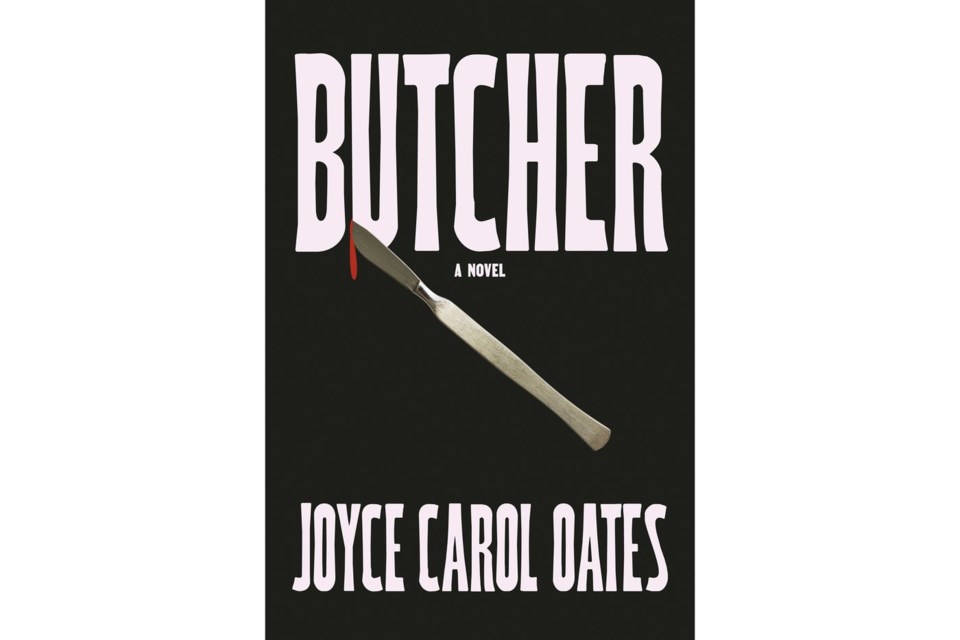Now well into her 80s, prolific American author Joyce Carol Oates keeps cranking out the books, most recently the disturbing novel “Butcher.”
The author of , including ” a fictional account of the life of Marilyn Monroe, Oates has often drawn from historical people and events. In “Butcher,” she pulls from the authentic documents of 19th century doctors to describe the horrific medical experiments of that time.
The novel tells the story of Dr. Silas Aloysius Weir, through his eldest son and the doctor's own medical journals during his 35 years as director of New Jersey State Asylum for Female Lunatics in the mid- to late 1880s.
Weir, who comes to be known as the “Father of Gyno-Psychiatry,” practices grotesque experiments on women who have been marginalized by society at the asylum in Trenton, where he is banished as a beginning doctor who failed at his first experimental surgery to correct an infant's misshapen skull. Most of his subjects are women who have been declared insane and locked away at the asylum.
Weir gets a job at the institution because it is run by a cousin, then rises to become asylum director when his kinsman dies.
At a time when it was believed that a woman’s emotions came from her female organs and a man’s emotions came from his brain, Weir performs a female circumcision on a teen who goes on to kill herself and sterilizes women from races or families he considers to be prone to “immoral & criminal behavior.”
He also performs surgeries to correct a fistula, a perforation in the urinary tract usually caused by a difficult pregnancy, on a teenaged indentured servant he becomes obsessed with.
Weir's opinions about women, and mentally ill women in particular, are rife with misogyny and tied largely to their looks.
“In the female in particular, a disheveled appearance, untidy hair & broken fingernails, a strong body odor, above all a failure to dress suitably, including corsetry, were certain symptoms of madness, which the least trained of physicians could identify," he writes in his journals.
Drawing on some themes common in her past books, like sexual abuse and hunger for power, “Butcher” also examines the agency girls and women have — or don't have — over their own bodies amid the current political debates around reproductive rights in a post-Roe v. Wade world.
Brigit, the indentured adolescent from Ireland who Weir experiments with, is deaf and mute. That makes her an especially attractive victim without control over her situation in life and unable to communicate.
The teenager's experiences show us not only the lack of agency girls and women had in the 19th century, but serves as a reminder of the battles still fought for female autonomy today.
___
AP book reviews:
Anita Snow, The Associated Press



